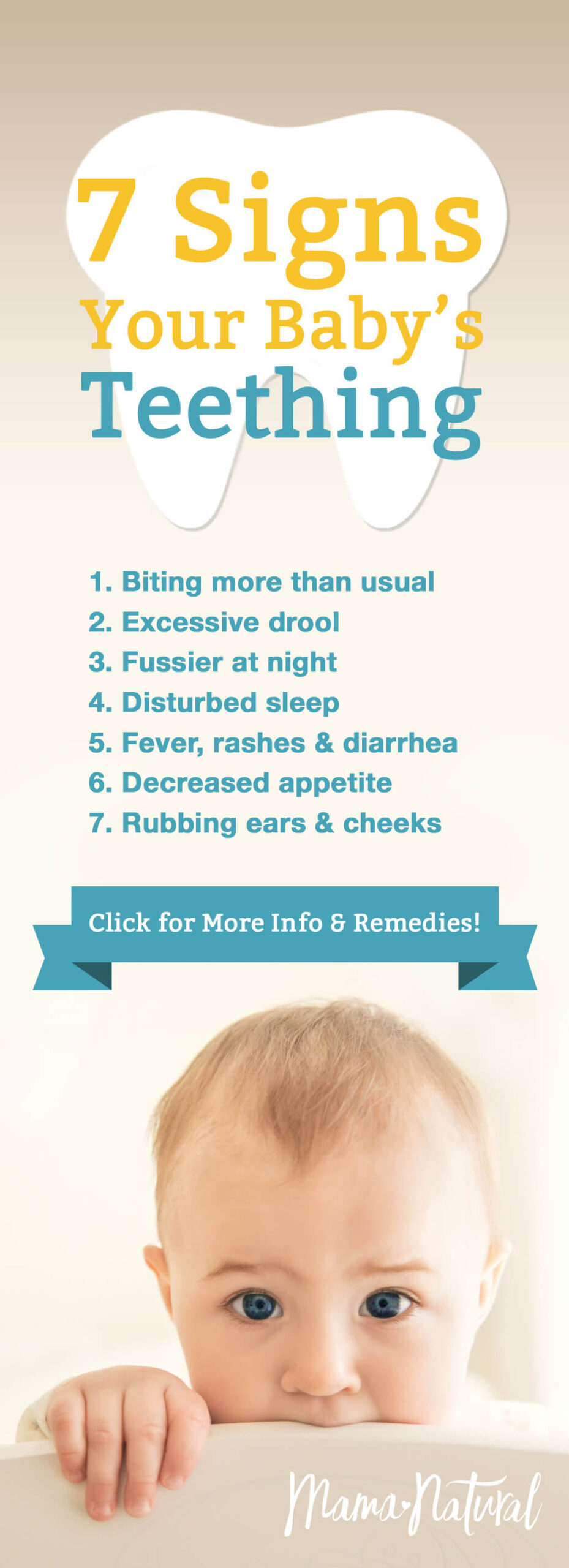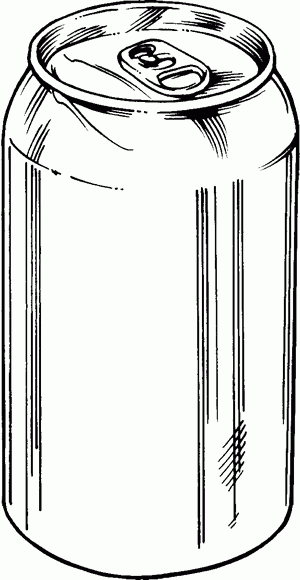How To Tell If Your Baby Is Teething
Are you a parent wondering if your baby is going through the teething phase? It can be a challenging time for both babies and parents, but knowing the signs can help ease the process. In this article, we will explore how to tell if your baby is teething and provide you with valuable insights to navigate through this developmental milestone with confidence.
Knowledge
Teething is a natural process that typically begins around six months of age, although it can vary from one baby to another. During this time, your baby’s first set of teeth, also known as primary or baby teeth, will start to emerge through the gums. This can be a discomforting experience for your little one, leading to a range of symptoms that indicate teething.
One of the most common signs of teething is excessive drooling. You may notice that your baby’s mouth is producing more saliva than usual, which can lead to skin irritation around the chin and mouth. Your baby may also develop a rash due to the constant moisture on their skin.
Another telltale sign of teething is the urge to chew on objects. Your baby may start gnawing on their hands, toys, or even furniture to alleviate the discomfort of their emerging teeth. Providing safe teething toys can help soothe their gums and provide relief.
Irritability and fussiness are also common symptoms of teething. Your baby may become more irritable than usual, have trouble sleeping, and show signs of discomfort. This can be attributed to the pain and pressure caused by the new teeth pushing through the gums.
Changes in appetite and feeding habits can also indicate teething. Some babies may lose their appetite or refuse to breastfeed or bottle-feed due to the discomfort in their mouths. Offering soft, cold foods or chilled teething rings can help soothe their gums and encourage feeding.
In addition to the common signs of teething mentioned above, some babies may experience other symptoms such as ear pulling, cheek rubbing, and mild fever. These symptoms are often associated with teething but can also indicate other underlying issues, so it’s important to consult with your pediatrician if you have any concerns.
Teething can be a challenging time for both babies and parents, but understanding the signs and symptoms can help you provide the necessary care and support for your little one. By recognizing the signs of teething early on, you can help your baby navigate through this developmental milestone with comfort and ease.
Conclusion
In conclusion, knowing how to tell if your baby is teething is essential for parents to provide the best possible care for their little ones during this challenging phase. By recognizing the signs and symptoms of teething, you can help ease your baby’s discomfort and make the teething process more manageable for both of you.
Overall, this article is aimed at parents and caregivers who are looking for guidance on how to identify teething symptoms in their babies and provide appropriate care and support. By being informed and proactive, you can help your baby navigate through teething with comfort and ease.
Teething is a natural and necessary process that all babies go through, but it can be a stressful time for parents. By understanding the signs of teething and knowing how to provide relief, you can help your baby through this developmental milestone and ensure their overall well-being.






